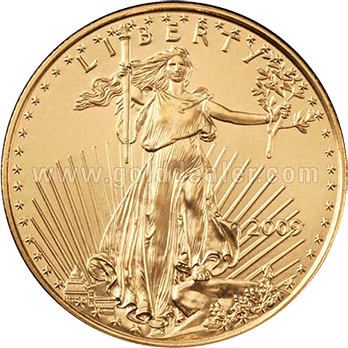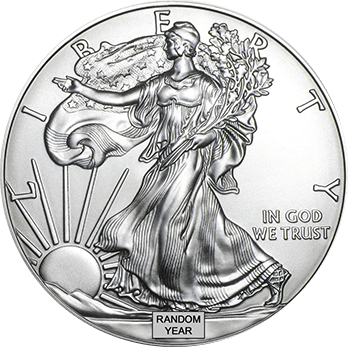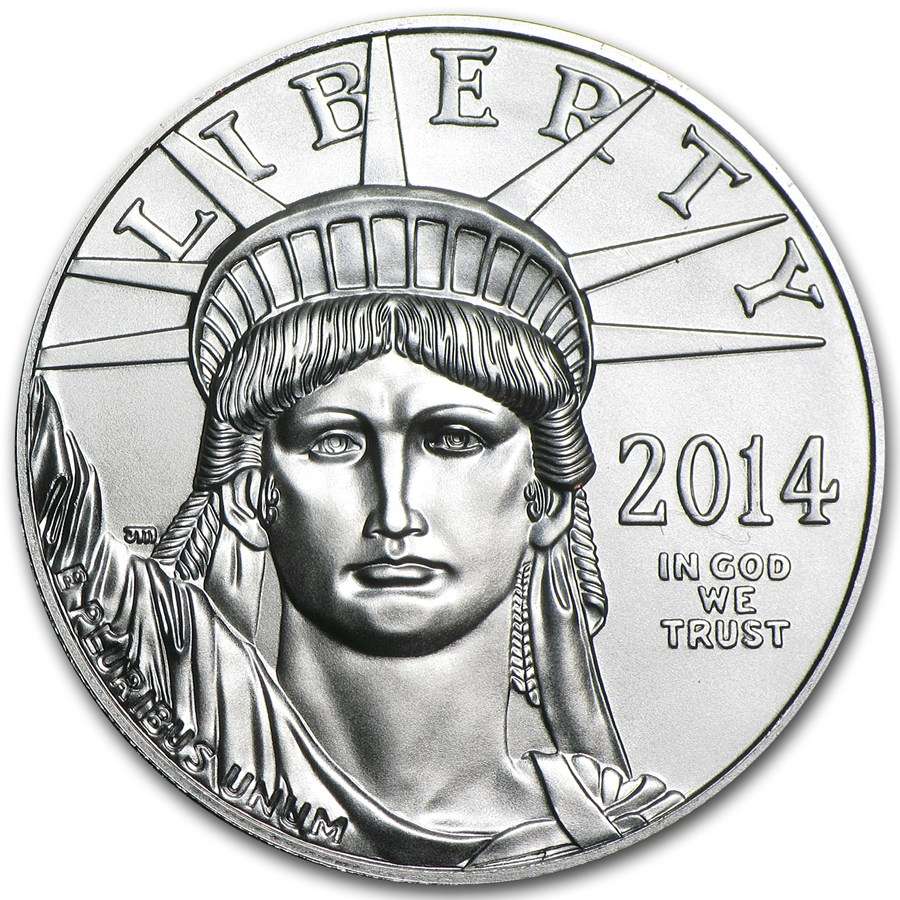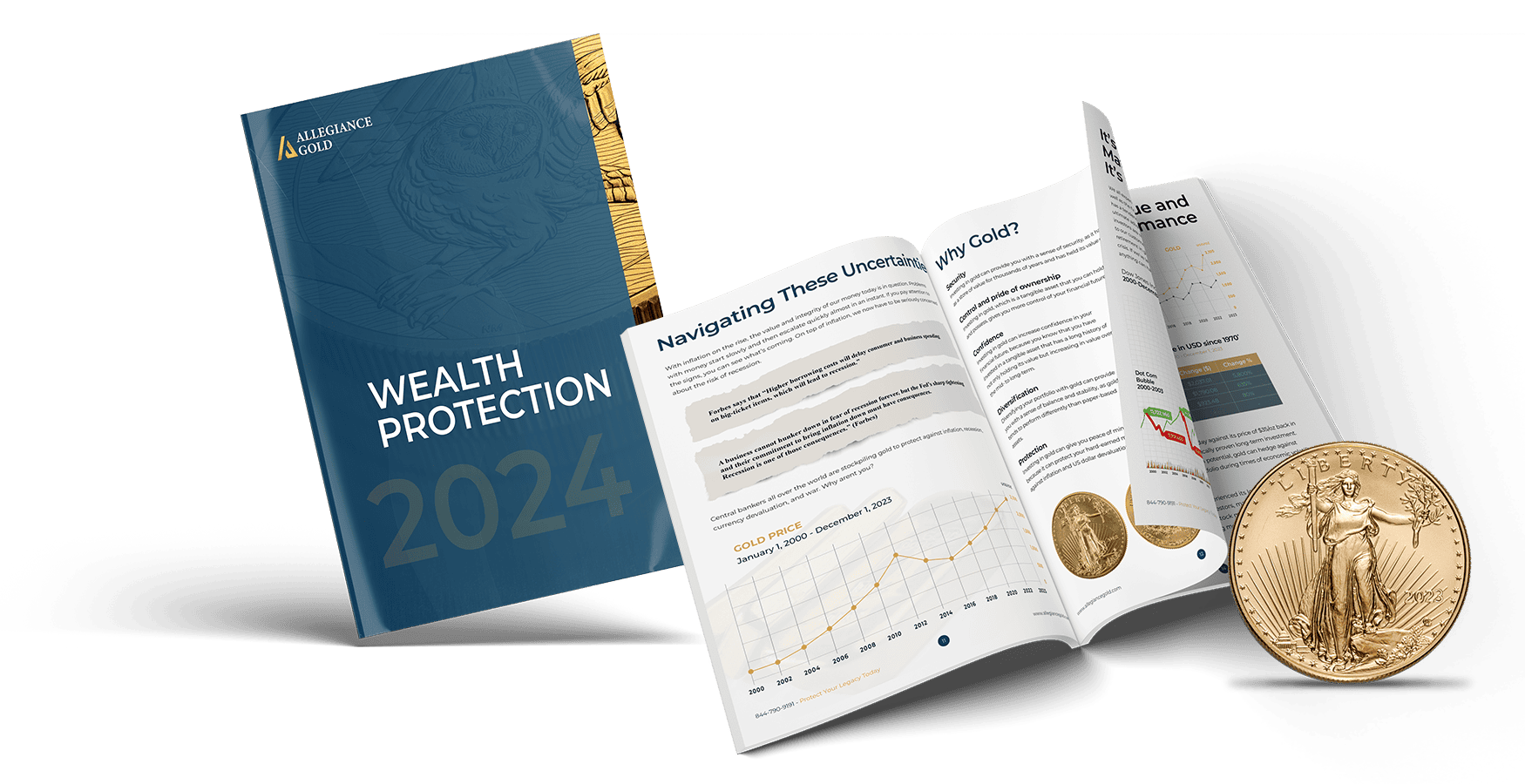Coins fall into four main categories: Bullion, Proof, Numismatic, and Semi-Numismatic. These four types of coins differ in how they are valued and each has distinct advantages and limitations from an investment standpoint. It’s important to note that numismatic coins are not allowed to be included in a Gold or precious metals IRA; however, they continue to present a great option for investors considering investing in precious metals outside of retirement accounts.
Bullion
Bullion has a recognized weight and fineness and is stamped as such. Contrary to common belief, bullion doesn’t solely come in “bricks” or bars stored in depositories. Bullion coins, made from the same precious metals, are produced annually, offering a more accessible and affordable investment option as they are smaller than entire bars.
Proof
Proof coins, with their more reflective or cameo appearance, are of higher quality and produced in limited quantities compared to bullion coins. Proof coins are among the finest quality of coins produced by the United States Mint. The term “proof” refers to the coin’s finish. Proof blanks are specially treated, hand-polished, and cleaned to ensure high-quality strikes.
The minting process of proof coins involves multiple strikes or significant pressure, resulting in enhanced details and a smoother appearance in the field area compared to standard circulated coins. Additionally, proof coins are encapsulated to maintain their quality and prevent rust, and are presented in special packaging, accompanied with a certificate of authenticity. Notably, the iconic American Eagle series offers proof versions in Gold, Silver, and Platinum, appealing to collectors and investors alike.
Numismatic
Numismatic coins, often older and cherished by collectors, have gained value not only for their precious metal content but also for their artistic, collectible, and historical significance. Numismatic coins must be independently certification by third-party services, which grade them and provide information about their condition and worth. Some examples of numismatic coins include the iconic $5, $10, and $20 Indian and Liberty Gold coins.
Semi-Numismatic Coins
Semi-numismatic coins combine the characteristics of both bullion and numismatic coins. Generally, semi-numismatic coins are newer bullion coins that have a limited mintage (total number produced) and are attractive to both investors and collectors alike. For instance, the Royal Canadian Mint produces special feature coins under its animal series of coins. Due to their scarcity, the value of semi-numismatic coins may surpass that of bullion over time.
A well-diversified precious metals portfolio will include the above four types of coins. Your Allegiance Gold coin expert will provide detailed insights into the advantages of each coin type, assisting you in selecting the most suitable options for your short and long-term investment goals.


 Custom Precious Metals IRA
Custom Precious Metals IRA



